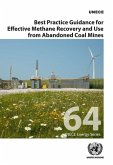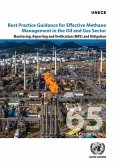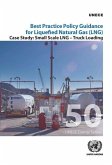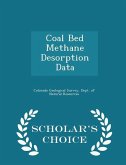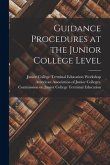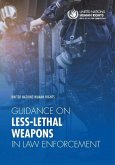While Methane (CH4) is the second most prevalent anthropogenic greenhouse gas (GHG) after carbon dioxide (CO2), the Global Warming Potential (GWP) of the former is 28-34 times higher than that of the latter. Coal mining is a major source of methane emissions, accounting for about 12% of global total anthropogenic emissions of that gas. Most emissions come from underground working mines, but those from abandoned mines are raising. Action on methane requires a solid understanding of emission sources at national, subnational, and local levels. Only with reliable emissions data, can policymakers design effective GHG policies, evaluate mitigation opportunities, and comply with their international climate commitments. National monitoring, reporting, and verification (MRV) programs can not only help countries better understand the contribution of coal mining to their overall methane and GHG emissions, but also identify opportunities for mitigation. In particular, MRV can help assess and track the effectiveness of the adopted climate policies. Setting up efficient MRV schemes is also important to deliver on international climate commitments in the context of the Paris Agreement.
Hinweis: Dieser Artikel kann nur an eine deutsche Lieferadresse ausgeliefert werden.
Hinweis: Dieser Artikel kann nur an eine deutsche Lieferadresse ausgeliefert werden.


